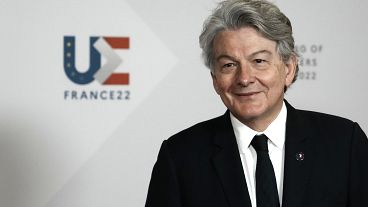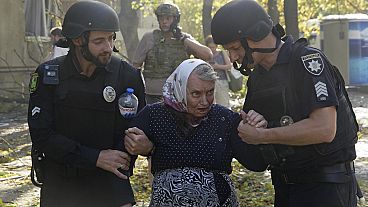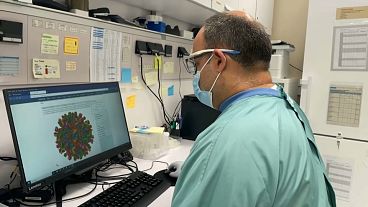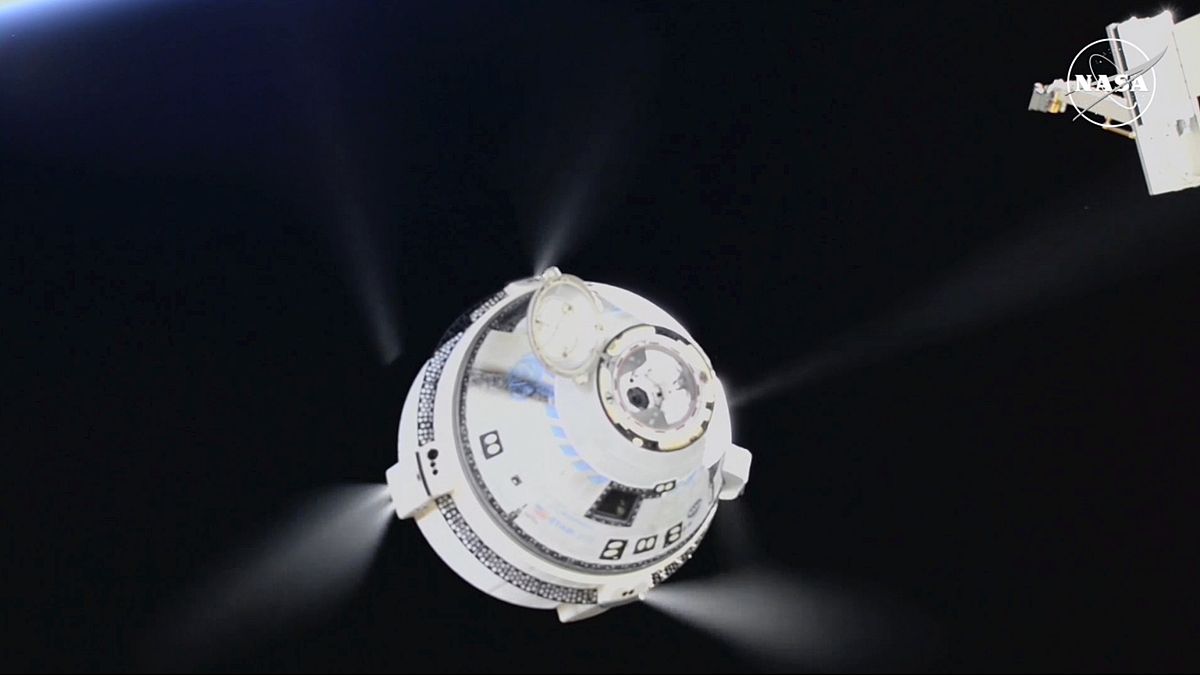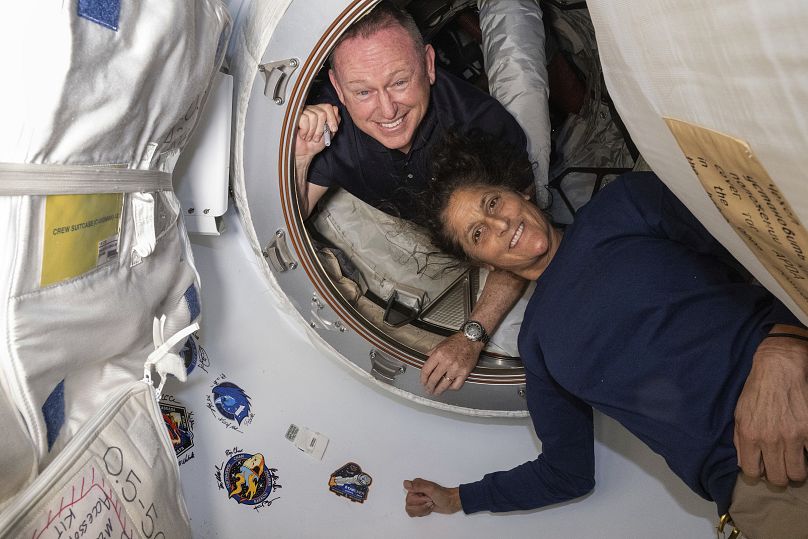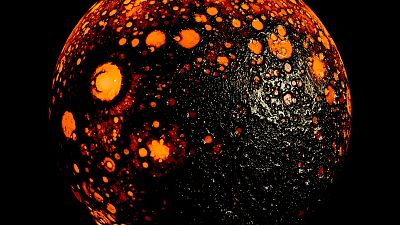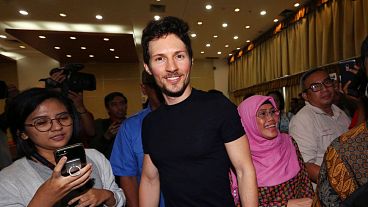Boeing's first astronaut mission ended with an empty capsule, with two test pilots having to stretch their stay on the ISS for longer than expected.
After months of turmoil over its safety, Boeing’s new astronaut capsule, the Starliner, has landed on Earth without its crew on board.
NASA’s two test pilots – Suni Williams and Butch Wilmore - have stayed behind at the International Space Station (ISS) which will be their home until next year.
The two pilots, who set out for a short trip, will stay in space for eight months longer than intended after NASA deemed their return to Earth in Boeing's Starliner too risky, despite the American company insisting otherwise.
Instead, the pilots will return home in a SpaceX rocket that won't take off until the end of the month, leaving the pair in space until February 2025.
The capsule's return flight took six hours, with a night-time touchdown in the New Mexico desert.
Williams and Wilmore should have flown Starliner back to Earth in June, a week after launching in it.
However, Boeing's first astronaut mission was marred by thruster failures and helium leaks with engineers struggling to understand the capsule's problems.
The fully automated capsule eventually returned to Earth with empty seats and blue spacesuits along with some old station equipment.
Boeing's technical woes
Boeing ran into so many problems on its first test flight with no one aboard in 2019 that it had to repeat it. The 2022 do-over uncovered even more flaws and the repair bill topped €901 million.
Even before Williams and Wilmore launched on June 5, Starliner's propulsion system was leaking helium. The leak was small and thought to be isolated, but four more cropped up after liftoff. Then five thrusters failed.
Although four of the thrusters were recovered, it gave NASA pause as to whether more malfunctions might hamper the capsule's descent from orbit.
Boeing conducted numerous thruster tests in space and on the ground over the summer and was convinced its spacecraft could safely bring Wilmore and Williams home. But NASA disagreed and opted for SpaceX.
A minute after separating from the space station, Starliner's thrusters could be seen firing as the white, blue-trimmed capsule slowly backed away. NASA Mission Control called it a "perfect" departure.
Flight controllers planned more test firings of the capsule's thrusters following undocking. Engineers suspect the more the thrusters are fired, the hotter they become, causing protective seals to swell and obstruct the flow of propellant.
They won't be able to examine any of the parts; the section holding the thrusters will be ditched just before re-entry.
NASA's commercial crew programme manager Steve Stich said earlier this week that teams have been so focused on Starliner's return that they’ve had no time to think about what's next for Boeing.
He said the space agency remains committed to having two competing US companies transporting astronauts.

